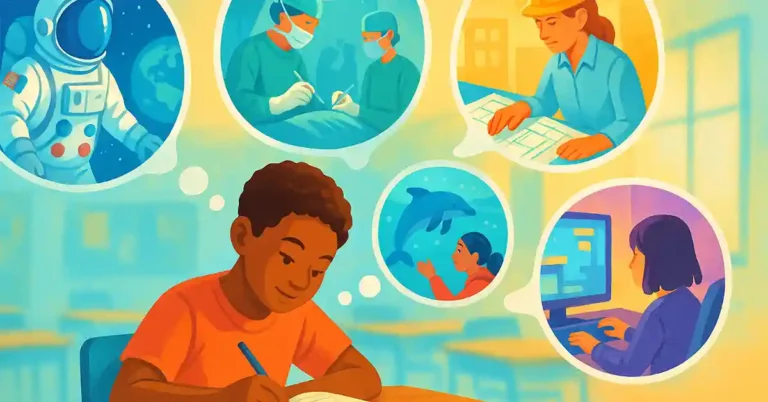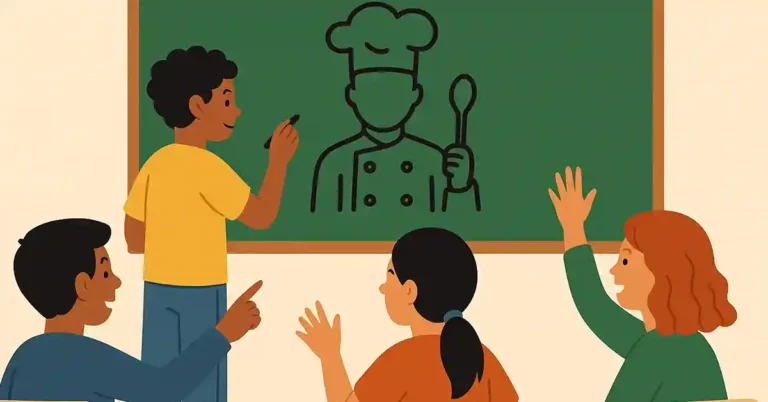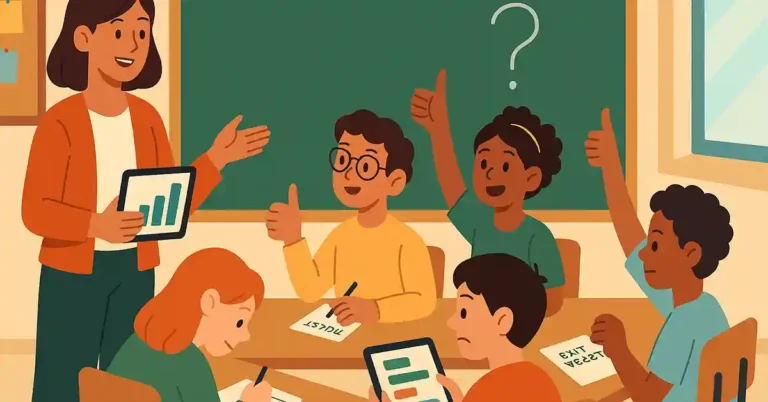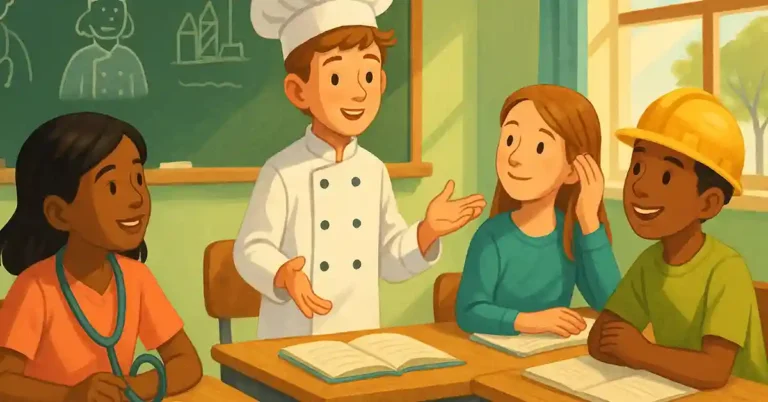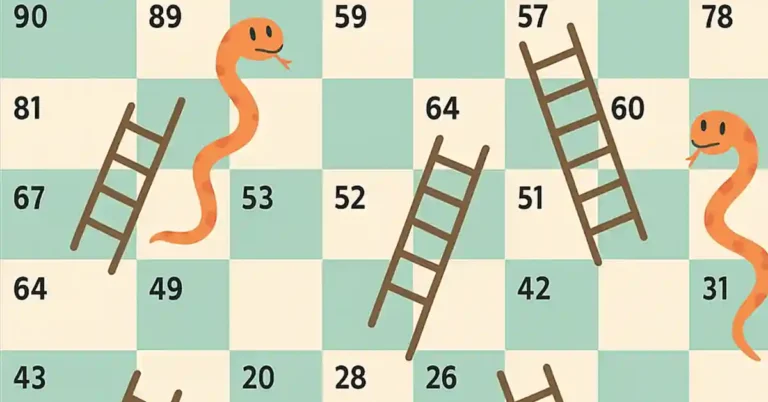Skill Auction Lesson Plan: Engaging Students in Career and Life Skills
As teachers, we’re always looking for ways to make career exploration and personal development activities feel less like “just another lesson” and more like a genuine experience. That’s where the skill auction comes in—a fast-paced, interactive activity that gets students thinking about the value of different skills, how those skills relate to jobs, and how to prioritize their choices.
I’ve used this lesson with high school students exploring career options, and it works equally well with middle schoolers who are just starting to think about their futures. Not only does it spark lively discussion, but it also helps students reflect on what they value most when it comes to work and life.
What Is a Skill Auction?
A skill auction is exactly what it sounds like—an auction where students “buy” skills instead of objects. You, the teacher, take on the role of auctioneer, presenting skills that are important in various careers. Students use a set amount of classroom “money” to bid on the skills they think will help them the most.
The twist? Just like in real life, they won’t have enough “money” to get everything. They’ll have to make strategic choices about what’s most valuable to them, learning about trade-offs, priorities, and long-term thinking.
Learning Objectives
By the end of the activity, students will be able to:
Identify a range of transferable skills valued in the workplace.
Recognize the relationship between skills and different career paths.
Practice budgeting and strategic decision-making.
Reflect on their personal priorities for career and life success.
Materials Needed
A prepared list of skills (20–30 is ideal).
A brief description of each skill (2–3 sentences).
Play money or paper slips with denominations.
A board or projector to display the current skill and bids.
Optional: Auction paddle numbers for students to raise.
Sample Skills List
Here are a few examples you might include:
Public Speaking – The ability to speak confidently in front of an audience.
Time Management – Staying organized and meeting deadlines efficiently.
Problem-Solving – Finding creative and effective solutions to challenges.
Negotiation – Persuading and reaching agreements with others.
Teamwork – Working well and contributing effectively in group settings.
Adaptability – Adjusting to new situations and challenges quickly.
Coding – Writing computer programs to create apps, games, and software.
Data Analysis – Understanding and interpreting information to make decisions.
Customer Service – Helping clients and resolving issues with patience.
Financial Literacy – Managing money, budgeting, and understanding investments.
Step-by-Step Instructions
Set the Stage
Give each student the same amount of play money—$100 works well. Explain that they will participate in an auction to “buy” skills they think will benefit them most in their future careers and lives.Explain the Rules
You’ll describe each skill before bidding starts.
Students may bid in increments (e.g., $5).
The highest bidder “wins” the skill and records it on their skill sheet.
Once their money is gone, they cannot bid anymore.
Begin the Auction
Start with a skill that has wide appeal, like “Creativity” or “Leadership.” Encourage a little friendly competition to keep the energy high.Pause for Discussion
After a few rounds, ask why certain skills went for high prices. Were they in demand because they were useful in many jobs? Or did students bid based on personal interest?Wrap Up
Once all skills have been auctioned, have students share their final “portfolios” of skills. Lead a discussion on:Which skills they value most.
Which skills they wish they could have bought.
How these choices might connect to future career goals.
Extensions and Variations
Career Match – After the auction, present different careers and ask which students have the skill sets needed for those jobs.
Skill Trading – Allow students to negotiate trades after the auction, practicing interpersonal and persuasive skills.
Budget Changes – Give some students more or less money at the start to simulate resource inequality, then discuss the real-world implications.
Why This Works
The skill auction blends game-based learning with real-world application, keeping students engaged while reinforcing important ideas:
Not every skill can be acquired instantly—students must choose what to develop first.
Skills have value, and that value may differ depending on personal goals.
Decision-making is a skill in itself.
In short, it’s the kind of lesson that sticks with them long after the bell rings—because they don’t just hear about skills, they compete for them.

